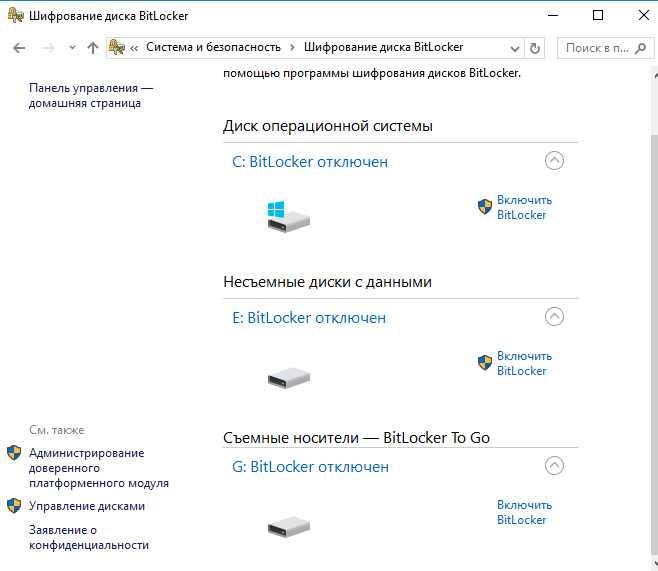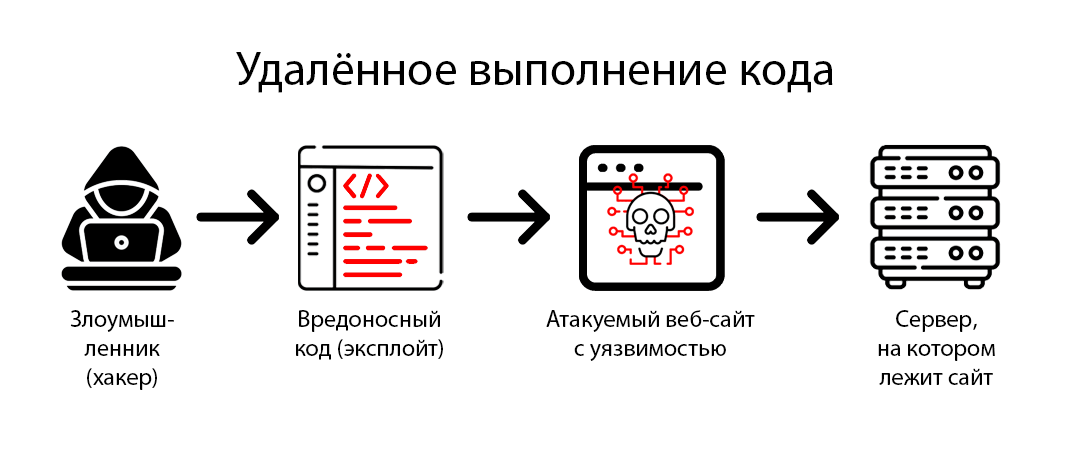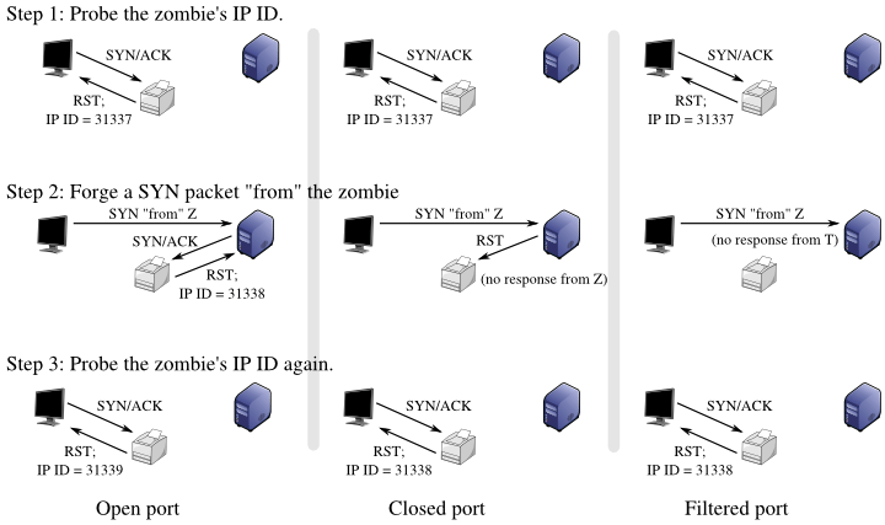How to Protect Your Server from Brute-Force Attacks?
Brute-force is an attack method where malicious actors attempt to compromise a server by systematically trying different passwords and usernames. It’s one of the most common hacking methods, so protecting against brute-force is a crucial task for any server owner.
Several methods can protect against brute-force attacks, helping to secure your server and data. Below, we’ll explore some of them.
1. Using Strong Passwords
The first and simplest, yet most important rule, is to use strong passwords. A password should consist of a combination of uppercase and lowercase letters, numbers, and special characters. Don’t use easily guessable passwords like «123456» or «password».
2. Limiting Login Attempts
Another way to protect against brute-force is to limit the number of login attempts to the server. You can configure the system so that after a certain number of failed attempts, access to the server is blocked for a specific period, or an additional authentication step is required.
3. Using Two-Factor Authentication
Two-factor authentication is a method where accessing the server requires not only a password but also an additional code sent to your mobile phone or email. This makes the hacking process much more difficult and protects your server from brute-force attacks.
4. Updating Software
Another important step in protecting the server from brute-force is regularly updating the software. Vulnerabilities and weaknesses in security can be fixed with updates, so you need to monitor new versions and install them promptly.
Conclusion
Protecting the server from brute-force is a necessary condition for ensuring data security and maintaining server integrity. By following simple recommendations and using modern protection methods, you can reduce the risk of attack and ensure your server operates without interruption.





